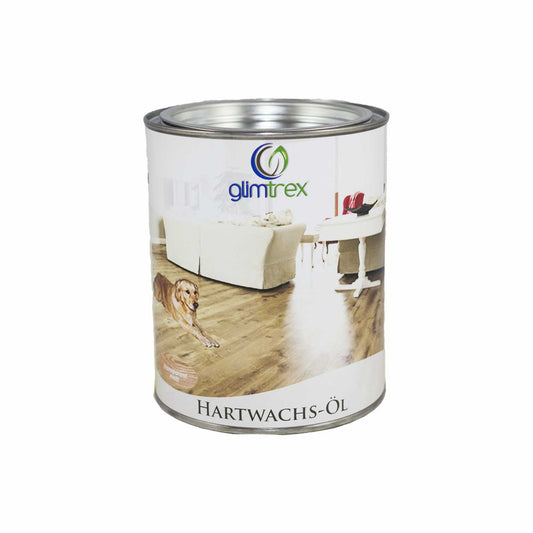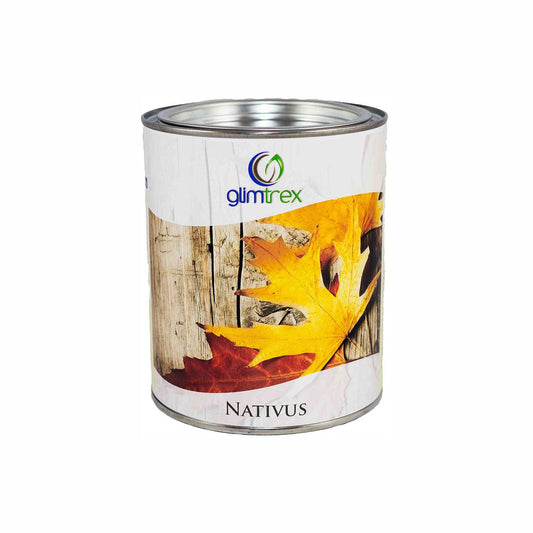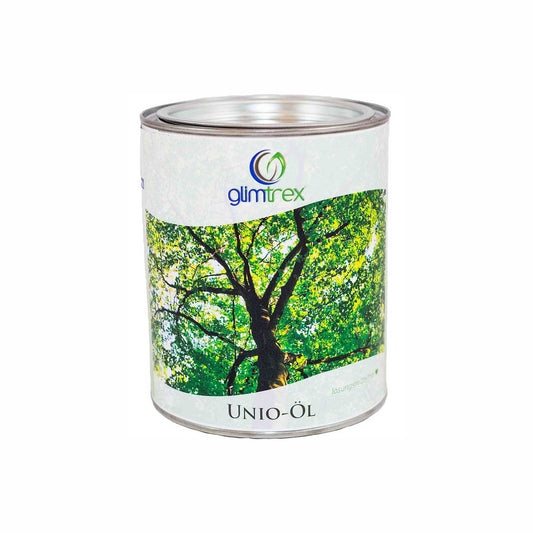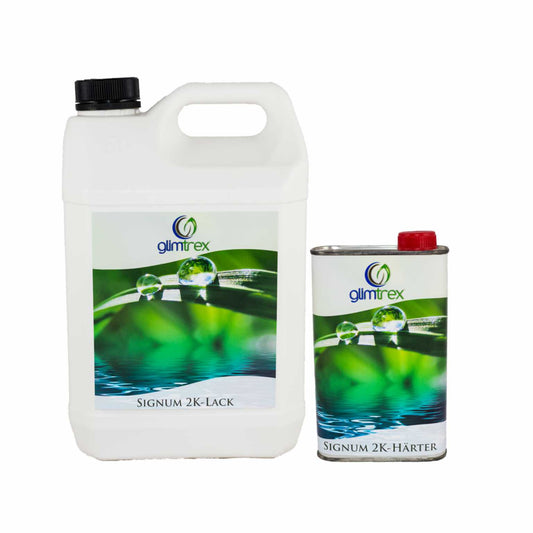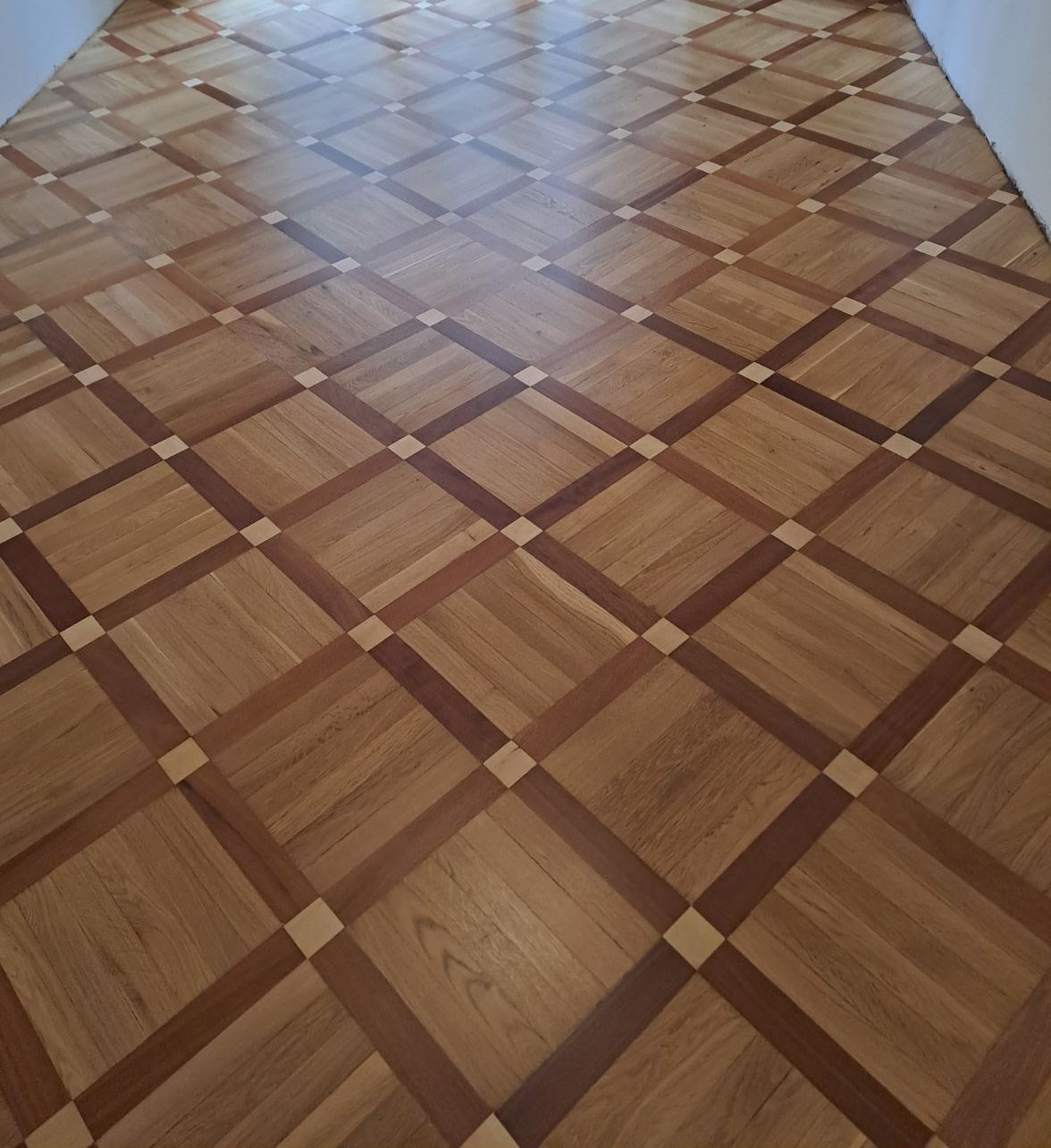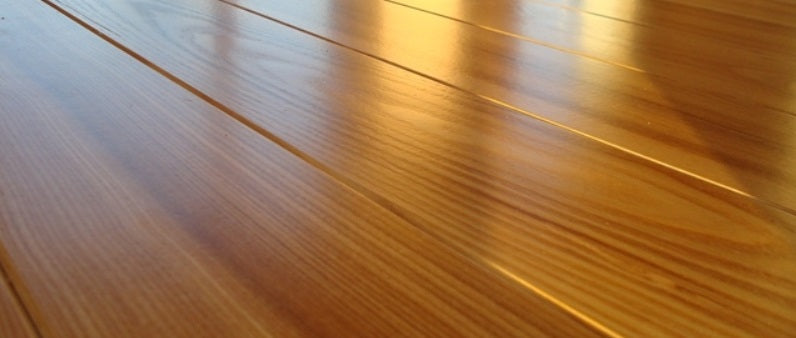
Varnish, oil or hard wax oil?
Share
The correct treatment of wooden surfaces is crucial for their longevity and appearance.
Whether classic varnish , natural oil or modern hard wax oil – each method offers specific advantages for different areas of application.
Varnish, oil, or hard wax oil? What are the differences?
Varnish: The classic surface protection
Wood varnish forms a protective layer on the surface and offers maximum protection against external influences. This waterproof seal is particularly effective in damp rooms such as kitchens and bathrooms.
Modern wood varnishes are available in various gloss levels – from matt to high gloss.
|
Semi-matt varnish on beech parquet |
The most important advantages of paint sealing:
- Excellent protection against moisture and dirt
- High durability and long service life
Oil: The natural alternative
Wood oils penetrate deep into the material and emphasize the natural grain. They create an open-pored, breathable surface and regulate wood moisture.
Oiled surfaces feel particularly natural and are easy to repair.
Unio oil on oak parquet 
|
Oil treatment is ideal for:
- Solid wood furniture and worktops
- Wooden floors in living areas
- Hardwood garden furniture
Hard wax oil: The perfect combination
Hard wax oil combines the benefits of oil and wax in one product . It penetrates the wood like oil while simultaneously forming a protective yet breathable surface. Treatment with hard wax oil offers:
- Natural appearance with high resistance
- Easy processing and care
- Excellent protection against wear
- Diverse design options through different color tones
|
Hard wax oil transparent matt on oak
|
| Properties | Varnish, oil or hard wax oil
| Surface | Varnish - Forms a film on the surface | Oil - Penetrates the wood | Hard wax oil - Penetrates and forms an open-pored protective layer |
| Protective effect | 2K varnish - Very high protection against abrasion and dirt | Oil - Medium protection, requires regular re-treatment | Hard wax oil - High protection, water-repellent but vapor-permeable |
| Repair | Lacquer - Difficult, usually only possible by complete sanding | Oil - Easily possible by re-oiling | Hard wax oil - Easily possible by partial re-treatment |
| Look/Feel | Lacquer - Artificial, glossy or matte | Oil - Natural, emphasizes the wood structure | Hardwax oil - Natural, feels warm |
| Processing | Varnish - Relatively complex, several coats required | Oil - Easy to apply | Hard wax oil - Easy to apply|
| Durability | Lacquer - Long-lasting in 2K version | Oil - Short to medium term | Hard wax oil - Medium to long term, depending on load |
Which treatment for which purpose?
Choosing the right surface treatment depends on various factors. For heavily used surfaces like stairs, a 2K varnish is recommended. If you want to emphasize the natural wood texture, oils are a better choice.
Hard wax oil is particularly suitable for furniture and floors in residential and commercial areas in combination with our hardener .
Professional processing for optimal results
For a perfect finish, the correct procedure is crucial. The wood must be thoroughly sanded and dust-free. Application should be carried out at room temperature. Please note the drying times between each application.
Sustainable care for long-lasting enjoyment
Regular care preserves the beauty of treated surfaces. Painted surfaces can be wiped clean with a damp cloth, while oiled surfaces occasionally require a refresher treatment with maintenance oil.
Hard wax oiled surfaces are treated with special care products.



